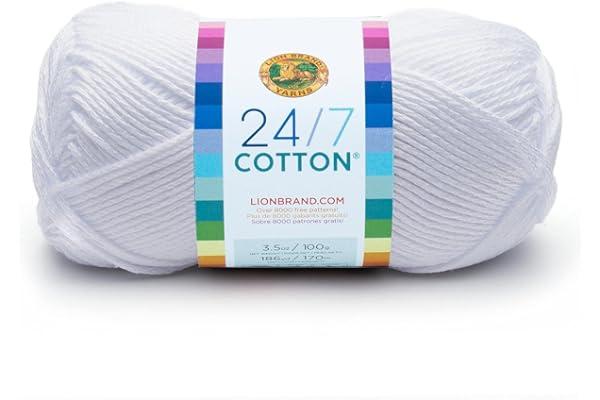Best Selling Yarn
Yarn is a textile fiber composed of a continuous filament or a collection of fibers twisted together. Yarn is produced by spinning raw fibers, such as wool, flax, cotton, or synthetic fibers, into long, thin strands. These strands are then twisted together to form yarn.
Yarn is used to create a variety of textile products, such as clothing, home décor, and accessories. It can be knitted, crocheted, woven, or felted.
Links to Best Selling Yarn
Types of Yarn
There are many different types of yarn, each with its own unique properties. Some of the most common types of yarn include:
- Wool yarn
- Cotton yarn
- Acrylic yarn
- Polyester yarn
- Nylon yarn
Each type of yarn has its own advantages and disadvantages. Wool yarn is warm and durable, but it can be expensive. Cotton yarn is lightweight and breathable, but it can be prone to pilling. Acrylic yarn is affordable and easy to care for, but it can be less durable than other types of yarn. Polyester yarn is strong and water-resistant, but it can be hot and uncomfortable to wear. Nylon yarn is lightweight and durable, but it can be slippery and difficult to work with.
The type of yarn you choose for a project will depend on the desired finished product. For example, if you are making a sweater for winter, you would likely choose a wool yarn that is warm and durable. If you are making a summer dress, you would likely choose a cotton yarn that is lightweight and breathable.
Yarn Weight
Yarn is also classified by its weight, which is measured in grams per meter (g/m). The weight of a yarn determines how thick it is and how much it will stretch. Yarns are typically available in a variety of weights, from very lightweight to very heavy.
The weight of a yarn is important to consider when choosing a project. A lightweight yarn is best for projects that require a lot of detail, such as lace knitting. A heavier yarn is best for projects that need to be sturdy, such as sweaters and blankets.
Yarn Care
The care instructions for yarn will vary depending on the type of yarn. Some yarns can be machine-washed and dried, while others need to be hand-washed and laid flat to dry. It is important to read the care instructions on the yarn label before washing and drying your project.
Here are some general tips for caring for yarn:
- Wash yarn in cold water on a gentle cycle.
- Use a mild detergent.
- Do not wring or twist the yarn.
- Lay the yarn flat to dry.
By following these tips, you can help to keep your yarn looking its best for years to come.
Yarn Storage
Yarn should be stored in a cool, dry place away from direct sunlight. It is also important to keep yarn away from pets and children, as they can damage the yarn.
Here are some tips for storing yarn:
- Use a yarn bag or basket to store your yarn.
- Label the yarn bag or basket with the type of yarn and the weight.
- Store yarn in a cool, dry place.
- Keep yarn away from pets and children.
By following these tips, you can help to keep your yarn organized and protected for years to come.

